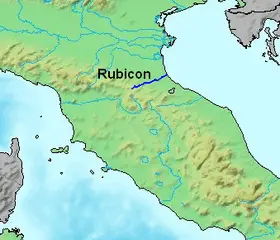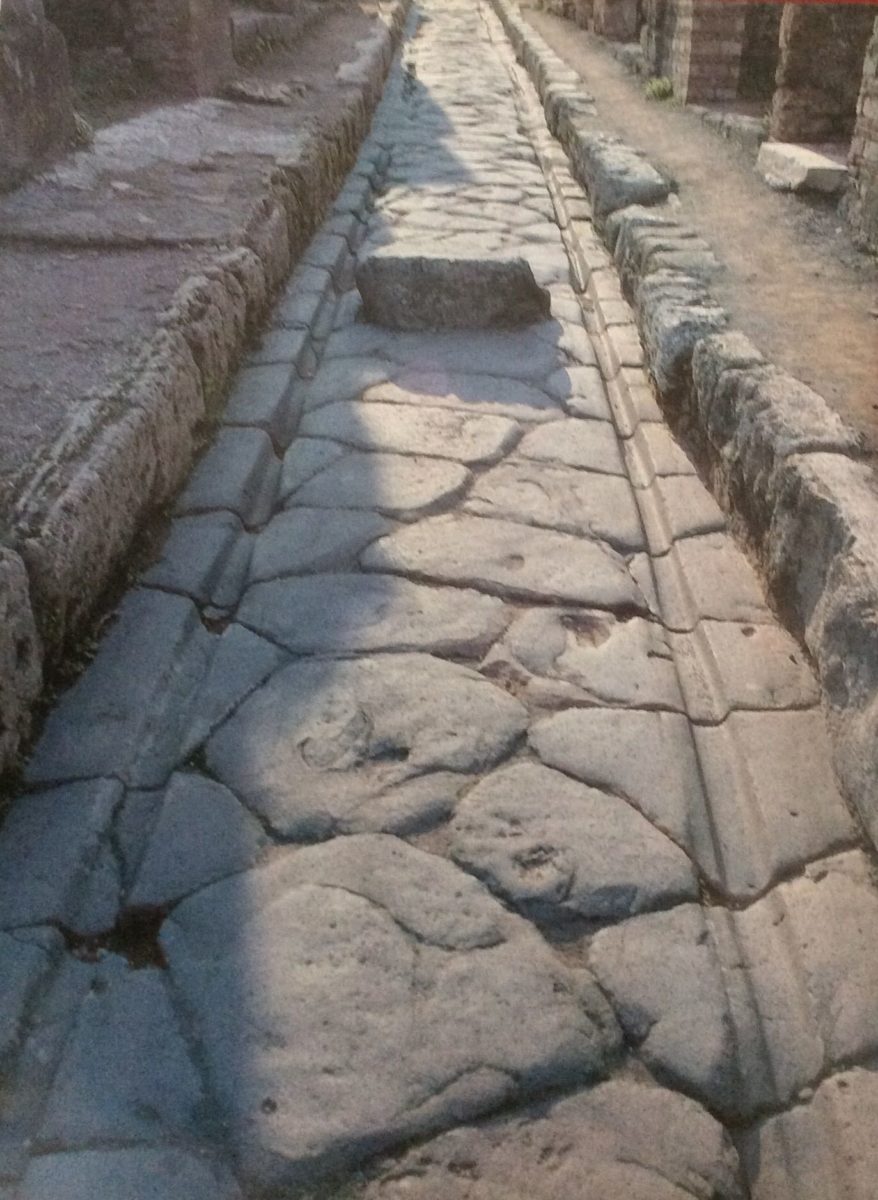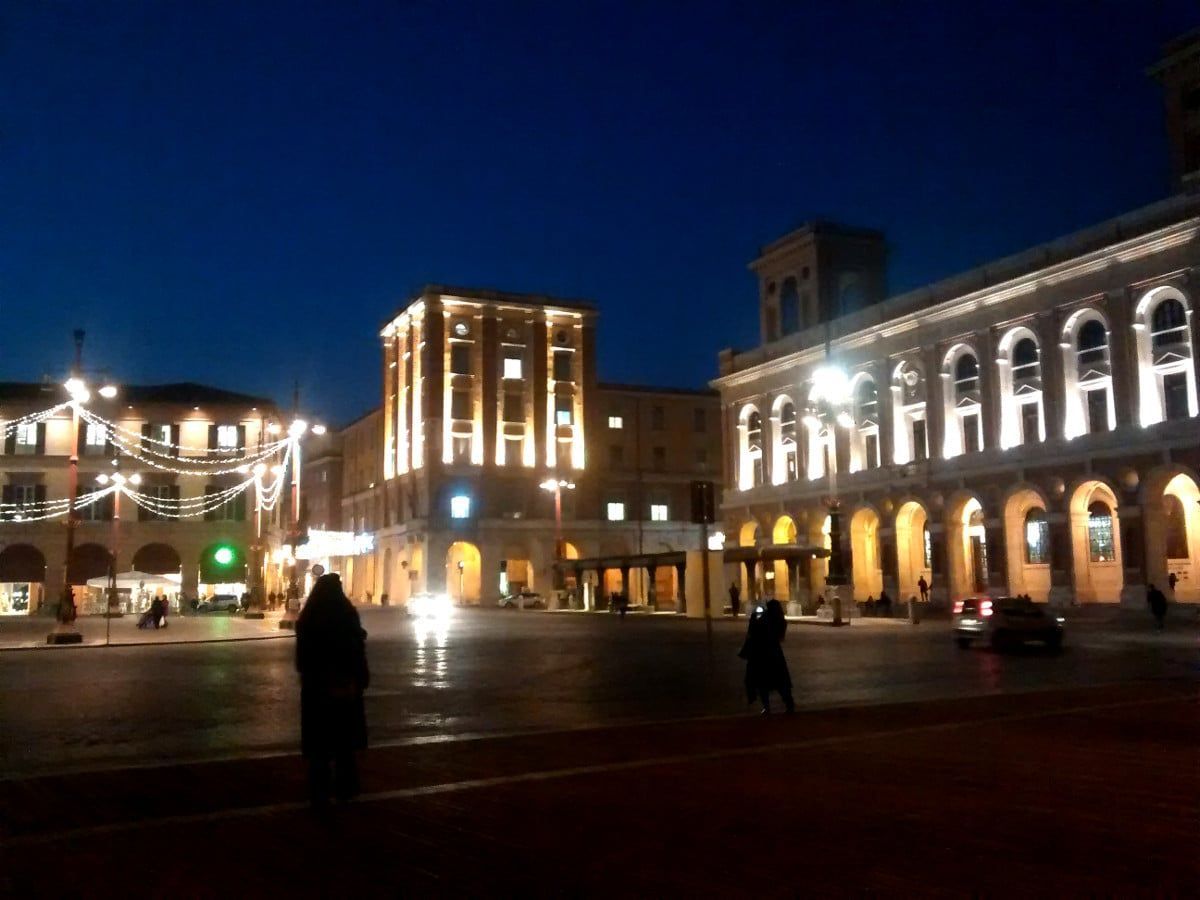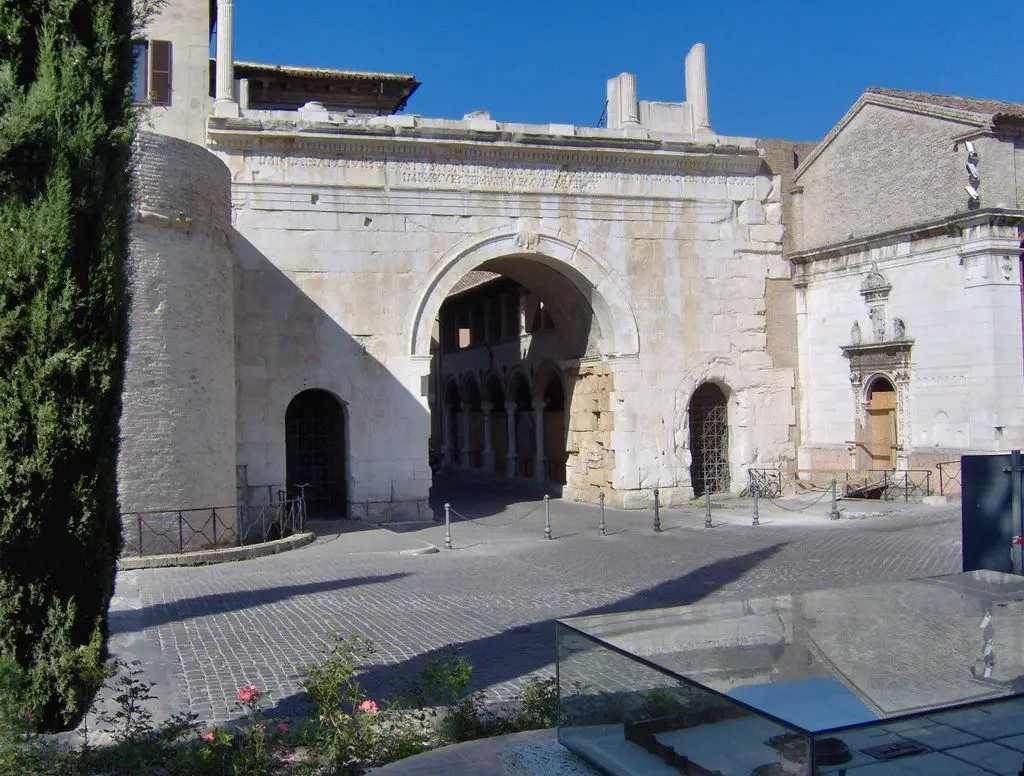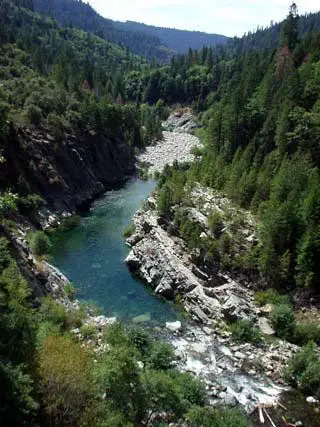The Rubicon River, of uncertain origin but with ruby-red waters, apparently due to the clayey surface that stains its waters and gives it its name. Located in north-eastern Italy, it flows along the Via Emilia and empties into the Adriatic Sea in southern Europe.
Indice De Contenido
Historical background of the river Rubicon
“The die is cast” is a phrase emblematic of the history of this short but torrential river that divided Italy from Cisalpine Gaul, an area of Western Europe occupied by Celts (Iron Age peoples) who spoke Celtic languages and whose nickname was “Gaul”. This nickname or adjective is still used by the French today.
Julius Caesar and Pompey
According to history, in 49 B.C. Julius Caesar, despite all the prohibitions and threats against those who dared to cross the river, took the risk and ordered his troops to cross the river to defeat Pompey, thus surprising his enemy, who decided to leave Rome with his herd of aristocrats and senators, allowing Julius Caesar to enter without bloodshed.
Location, map and itinerary
Its source is said to be linked to the river Pisciatello or the ancient Rubicon. Its course crosses the province of Forli-Cesena, whose capital is Forli, and flows into the Adriatic Sea. It crosses the Via Emilia in the municipality of Savignano Sul Rubicone in Forli-Cesena.
See the map
It is 29 km long and covers the towns that formed the border between Italy (an integral part of Rome) and Cisalpine Gaul. Along its course it carries ferruginous clays that give its waters a red colour (see: River Minho).
Places crossed by the Rubicon
The Via Emilia: home of the Celts in 200 BC. It is a Roman road built by order of Marcus Emilius Lepidus to connect Piacenza and Rimini, crossing the cities of Emilia. It was built in 189 BC.
This road was used for the transport of goods and as a traffic route from the north, from Plasentia to Arminum and the Via Flaminia connected Arminum to Rome, making it a strategic commercial point.
Forli-Cesena: Province of Emilia Romagna with Forli as its capital. It is home to two protected national parks, the National Park of the Savio River and the National Park of the Casentino Forests, Monte Falterona and Campigna, as well as beaches, hills, mountains and thermal baths. Its privileged position between the Adriatic Sea and the Apennines gives it spectacular waterfalls, springs and cascades.
Gaul: An area occupied by France, Belgium, Switzerland, Italy, Germany, the Netherlands and the British Isles. Their common denominator was that they were inhabited by the Celts, who spread throughout Europe (see: Chamelecon River).
Monuments
Only a few monuments and works have survived the ravages of time and the attacks on infrastructure in the conflicts and wars of the past. These are some of the survivors.
Arch of Augustus
The oldest surviving Roman monument. This arch was attached to the city walls. It was built in honour of the prince when the wars of the time were over. It is majestic and imposing and gives an exclusive touch to the entrance of Rome.
Bridge of Tiberius
It was built in the same style and with the same stones as the Arch of Augustus. On its walls you can read advertisements referring to the emperor, highlighting his greatness, bravery and glory.
The Roman Amphitheatre
It has a seating capacity of 10,000, which indicates the size of the population at the time it was built, or at least that there was a considerable amount of traffic in these parts. It was bombed during the Second World War, destroying some well-preserved areas (see: Arno river).
Significance of the Rubicon
The Rubicon does not stand out as a river of vital importance to the cities through which it flows, but it did leave a historical legacy that influenced the formation and stability of the political and civil system from Roman times onwards.
Miscellaneous
- There is a Rubicon River in the Sierra Nevada of Northern California in the United States, a tributary of the Middle Fork River (see: Elbe River).
- Along the Rubicon River you can see various carved inscriptions, busts of Julius Caesar, statues that extol the importance of the river to the history of the river’s inhabitants and the political system that ruled at the time.
- One of them reads: “Gaius Caesar, dictator, crossed the Rubicon with his soldiers on the way to the civil war”.
- The year 2014 marked the 2000th anniversary of the start of construction of the Tiberius Bridge, which survived the attacks of the Second World War.

